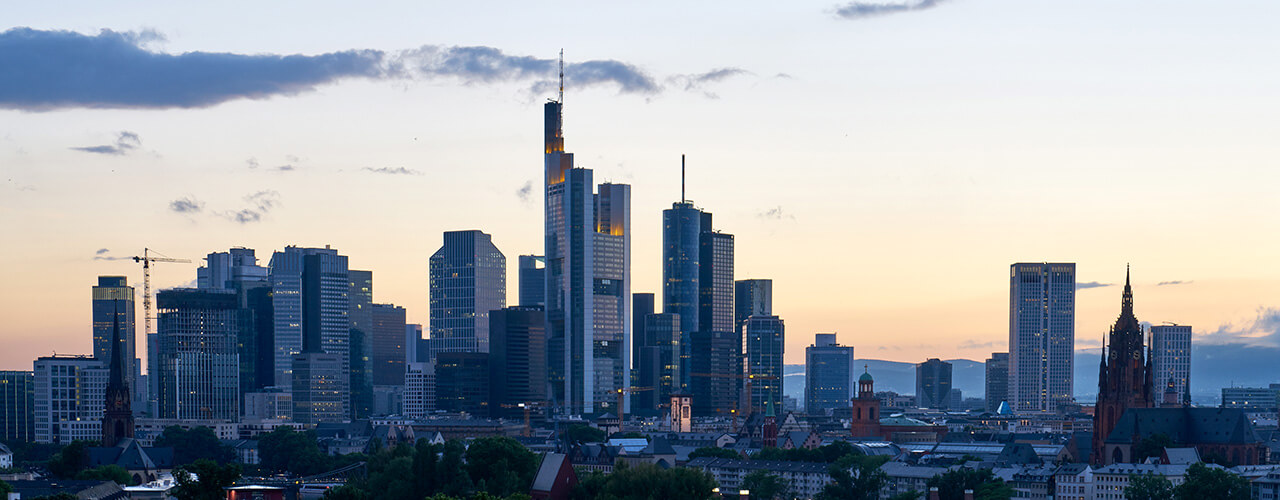The history of the skyscraper is a story of engineering innovation aligning with cutting-edge architectural design.
The name “skyscraper” first appeared in the 1880s when the world’s first tall buildings were built in the United States. The majority of these 10- to 20-story edifices appeared in cities such as New York, Chicago, Detriot, and Philadelphia.
When these multi-story structures became more commonplace, the term skyscraper was used to describe buildings of around 40 to 50 stories. Now, the world’s tallest skyscraper in Dubai contains 163 occupied floors.
So, how did the human race make such giant leaps to live and work in the sky? Here’s a brief history of the skyscraper.
In The Beginning
The construction of the world’s skyscrapers was the result of several factors, including high real estate costs in America’s burgeoning industrial metropolises, technical innovations such as the Bessemer process for steel production, the advent of electrical systems, safer elevators, and better fire sprinklers.
The world’s cities were running out of centralized business space, so there was a lot of economic pressure to build up. However, it wasn’t until the installation of the first passenger-safe elevator in a New York department store that it became practical to build structures of more than five stories.
Skyscrapers were still far from the norm until the U.S. technological revolution got into full swing between 1880 and 1890. The main instigator was Bessemer steel. Previous structures used cast-iron and wrought-iron frameworks. However, steel is stronger and lighter, thus enabling the construction of taller buildings.
Then, there was the invention of new sprinkler heads. These allowed buildings to escape a 23-meter height limit, which was introduced to control the risk of fire.
So, safe elevators, sprinkler heads, and steel were the unlikely trio of solutions to overcome the challenges of constructing skyscrapers towards the end of the 19th century.
World’s First
The very first skyscraper was the 10-story Home Insurance Building in Chicago. It was built between 1884 and 1885 but demolished in 1931.
The building incorporated a steel frame to support the walls and the weight of the building. The exterior was made of brick and also incorporated a curtain wall. This wall covered the masonry and bore only its own weight, but was fixed to and supported by the steel framework.
This technique introduced a new style of construction that became known as the “Chicago Skeleton” and was the brainchild of William Le Baron Jenney. It was soon adopted by many other city skylines.
However, the skyscraper started to come against opposition at the turn of the 19th century. After concerns about such structures blocking sunlight and causing congestion, Chicago imposed a 40-meter height limit on its buildings in 1893. This meant New York could race ahead with taller buildings.
In 1915, New York implemented its own zoning laws to space out its tall structures and make sure enough daylight could reach the street level.
Changing Styles
Skyscraper designs have changed over the years. Jenney and fellow architect Louis Sullivan used delineated columns to accentuate the heights of their structures. During the Neoclassical revival, classical Greek columns were incorporated into the aesthetics.
Two of the world’s most famous skyscrapers, the Chrysler Building and the Empire State Building in New York, also incorporate Art Deco carvings. The Chrysler Building was also the world’s tallest building in 1931 before the Empire State snatched its crown in 1932.
The combination of World War II, an oversupply of office blocks and the 1930s depression brought an end to the Art Deco era, and there were no more major skyscraper constructions until the 1950s.
In that first full postwar decade, the International Style began to dominate. Originally developed in the 1920s and 1930s, this architectural style remained reigned supreme for skyscrapers until the 1970s. This style is synonymous with a minimal aesthetic and the combination of darkened glass and steel-frames boxes.
Most of Denver’s skyscrapers, for example, were built in this style in the 1970s and 1980s.
Architect Minoru Yamasaki then used multiple columns to help the World Trade Center in New York become the world’s tallest buildings in 1972. 1 World Trade Center was 1,368 feet and the 2 World Trade Center measured 1,362 feet. Their successor, the One World Trade Center, now stands at 1,790 feet.
The Burj Khalifa in Dubai is now the world’s tallest tower, standing at 2,717 feet. This design uses a combination of reinforced concrete, exterior cladding, and a twisting design to overcome high winds. The design comes from the same architectural house as the Sears Tower–now called the Willis Tower–in Chicago.
Scheduled to open in 2020, the same team is currently working on the Jeddah Tower in Saudi Arabia. It was originally intended to reach one mile in height but soil conditions have meant the team is now aiming for a 3,280 feet tall building.
It seems that our obsession with building taller structures is unlikely to stop. The history of the skyscraper is far from over as we continue to reach for the skies.











